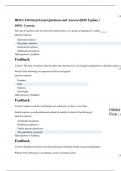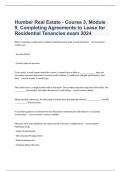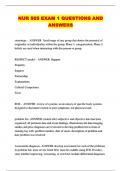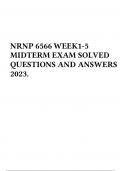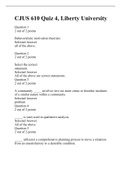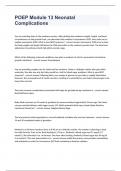Samenvatting
Boek 'Ten steps to complex learning' (3e editie) samenvatting -ENGLISH
- Instelling
- Universiteit Utrecht (UU)
NL Dit is een samenvatting van het boek 'ten steps to complex learning' Het boek is engels, de samenvatting ook! Net zo makkelijk met de terminologie. Rondom eind maart zal ik ook de hoorcolleges, werkcollege en kennisclips samengevat online zetten nadat alle lessen geweest zijn. EN This i...
[Meer zien]








